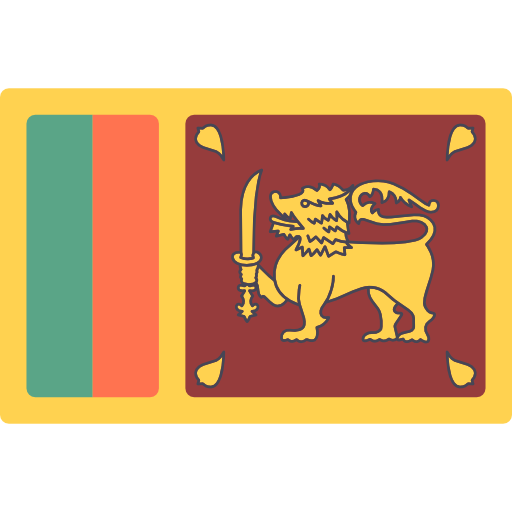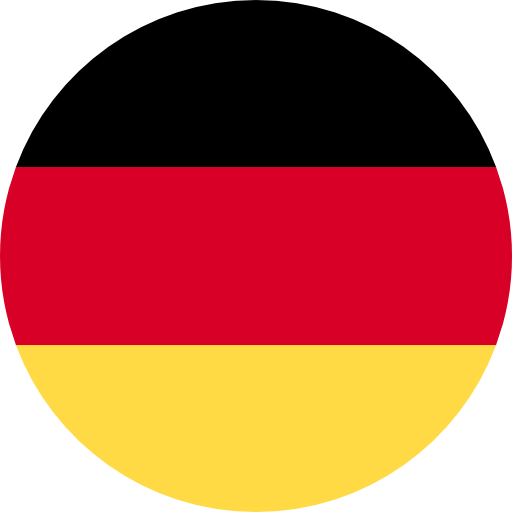JAPAN KARATE-DO DHAMMIKA-HA SHITO-RYU KAI
日本空手道ダミカ派糸東流会
We practise Shito-Ryu Karate-Do
Glossary
Karate / Karate-do
Karate (空手) is a Japanese term and means “empty hands”. It was used to denote various styles of a martial art developed in Okinawa in the Ryukyu Islands. The history of today’s karate can be traced back to the 19th century in Okinawa. Sometimes, the Japanese term karate-do (空手道) is used. The addition “do” (道) means way, road, path and is used to highlight that karate is “the way of the empty hand” containing also meditative and spiritual elements.
Kihon
Kihon (基本) is a Japanese term which means “basics”. The word is used to refer to basic techniques like stances, strikes, punches and kicks which are required in both kata and kumite. By practicing and mastering these basics, the karate students lay the foundation in karate which is essential for all advanced training.
Kata
Kata (型 or 形) is a Japanese term which means “form”. Kata is one of the three pillars in karate. In kata, the karate students have to do a formalized sequence of movements which are precisely defined in a form. It’s practiced either solo or in teams, and contains various offensive and defensive technics. Usually, each karate student has to fight imaginary opponents, except in the kata bunkai. In the kata bunkai, the karate student trains with partners to learn how to read and analyse the katas.
Kumite
Kumite (組手) is a Japanese term and created using two characters: “kumi” meaning combine, connect, or grab, and “te” meaning hands. In general, it can be translated with “Grappling hands”, or in the Japanese sense with “Encountering of the hands”. In kumite, the karate student fights against an opponent using the techniques learned from the kihon and kata.
(Okinawa) Kobudo
(Okinawa) Kobudō (古武道) is a collective Japanese term for. The term kobudo means “old martial art”. Because the residents of Okinawa were prohibited from carrying weapons during the Japanese occupation, they turned (farming) tools and everyday items into well-made weapons so that they were able to defend themselves against the Japanese samurai warriors. From this situation, the Okinawan weapon system kobudo was developed. At first, kobudo and karate formed a unit, but this has changed in the course of time.
Shihan
Shihan (師範) is a Japanese term from budo and used in many Japanese martial arts. The term is created using two Japanese characters: shi (師) meaning expert, teacher, master, army, war, and han (範) meaning pattern, example or model. It can be concluded that the term shihan means something like “exemplary teacher”. In other words, the term means that a shihan is a good example of a teacher by his behaviour and doing. Shihan is used as a honorific title for experts, senior instructors and masters of a school, organization or style.
Soke
Sōke (宗 家) is a Japanese term and means “(the) head of family” or “creator”. It’s often translated as “grand master” though it is not a literally translation. The term is mostly used as a highest level title referring to a leader of a martial art style or school. Usually, the founder of each school or style holds the title of the sōke due the maximum representation of that school, organization or style.
Shito-Ryu
Shito-Ryu (糸東流) is a Japanese term and has no literal meaning although it could be translated with “School of shi and to”. Its name was chosen by its founder Kenwa Mabuni to honour his two influential great masters, Itosu (= Shi) and Higashionna (= To). Shito-Ryu is one of the four major karate styles and was founded in 1934. Shito-Ryu contains elements by both of the oldest karate styles, shorei-ryu and shorin-ryu.
Shorin-Ryu
Shorin-Ryu (少林流 or 小林流) is a Japanese term and means “small forest style”. Alongside shorei-ryu, shorin-ryu is one of the oldest karate styles from Okinawa. Although it may be true that Sōkon Matsumura is the founder, the name of the style was given by Choshin Chibana in honour of its samurai roots. A modern descendant of shorin-ryu is shotokan.
Shorei-Ryu
Shorei-Ryu (昭霊流) is a Japanese term and means “the style of inspiration”. It is said that the term shorei is derived from the Shoreiji Temple which is located in either Fujian or Mount Jiulian of Longnan, Jiangxi. Shorei-ryu is characterized by the use of open hands, circular block techniques and kicks in the gedan area. Alongside shorin-ryu, it’s one of the two oldest karate styles which was founded in Okinawa. Unfortunately, not much is known about that old Okinawan karate style. It’s said that the style was developed by Higashionna Kanryo. A modern descendant of shorin-ryu is ryuei-ryu.
Shuri-te
Shuri-te (首里手) is a Japanese term and means “Hand of Shuri” or “Shuri hand”. The term refers to martial arts which were taught and practiced in and around Shuri. Together with tomari-te, shuri-te is considered to be a precursor of shorei-ryu. During the Ryukyu Kingdom, Shuri was the royal capital where the king and other members of the nobility lived. Today, Shuri is a district of the city of Naha, Okinawa.
Naha-te
Naha-te (那覇手) is a Japanese term and means “Hand of Naha” or “Naha hand”. The term refers to martial arts which were taught and practiced in or around Naha. Naha-te combined the Chinese hard and soft techniques. It’s considered to be a precursor of the shorei-ryu. Today, Naha is the capital city of Okinawa Prefecture.
Quanfa
Quanfa (拳法) is a Mandarin term used to denote all martial arts coming from China. In Japanese, it’s romanized as kenpo and means “Way of the fist”, “Fist law”, or “Method of the fist”. It is said that quanfa was introduced to the Ryukyu Islands during the 6th and 7th century by Buddhist monks, and it’s also said that its origin can be traced back to the martial art developed in a Shaolin Monastery by Bodhidharma. All of these martial arts have in common that they are not only used for self-defense, but also for meditation and a better health.
Affiliated and recognized by




Dhammika Karate-Do is represented in the following countries
Japan Karate-Do Dhammika-Ha Shito-Ryu Kai has branches in numerous countries.
We are represented in the following countries.












